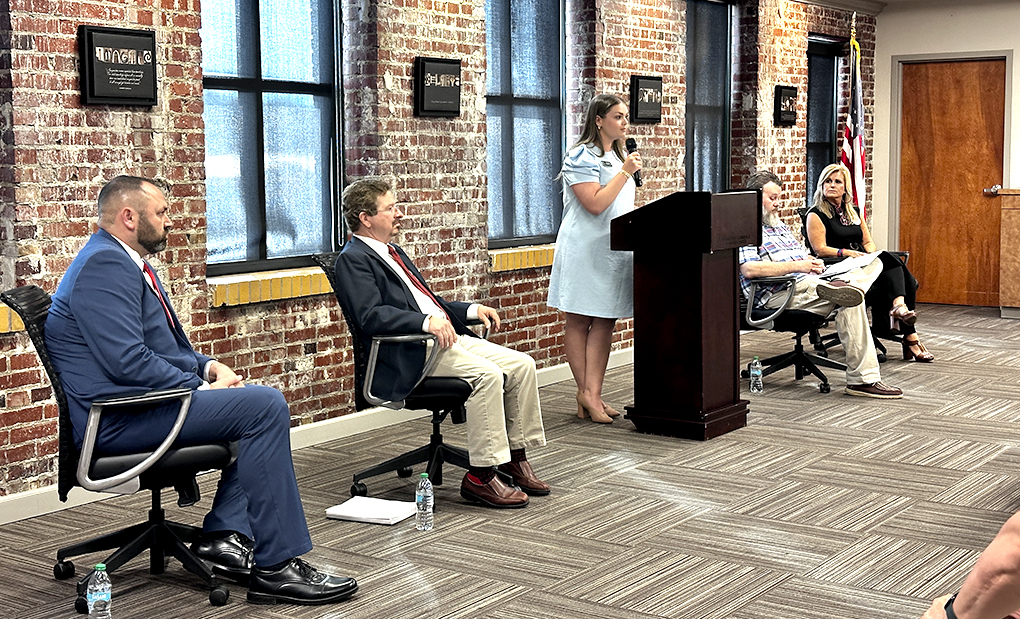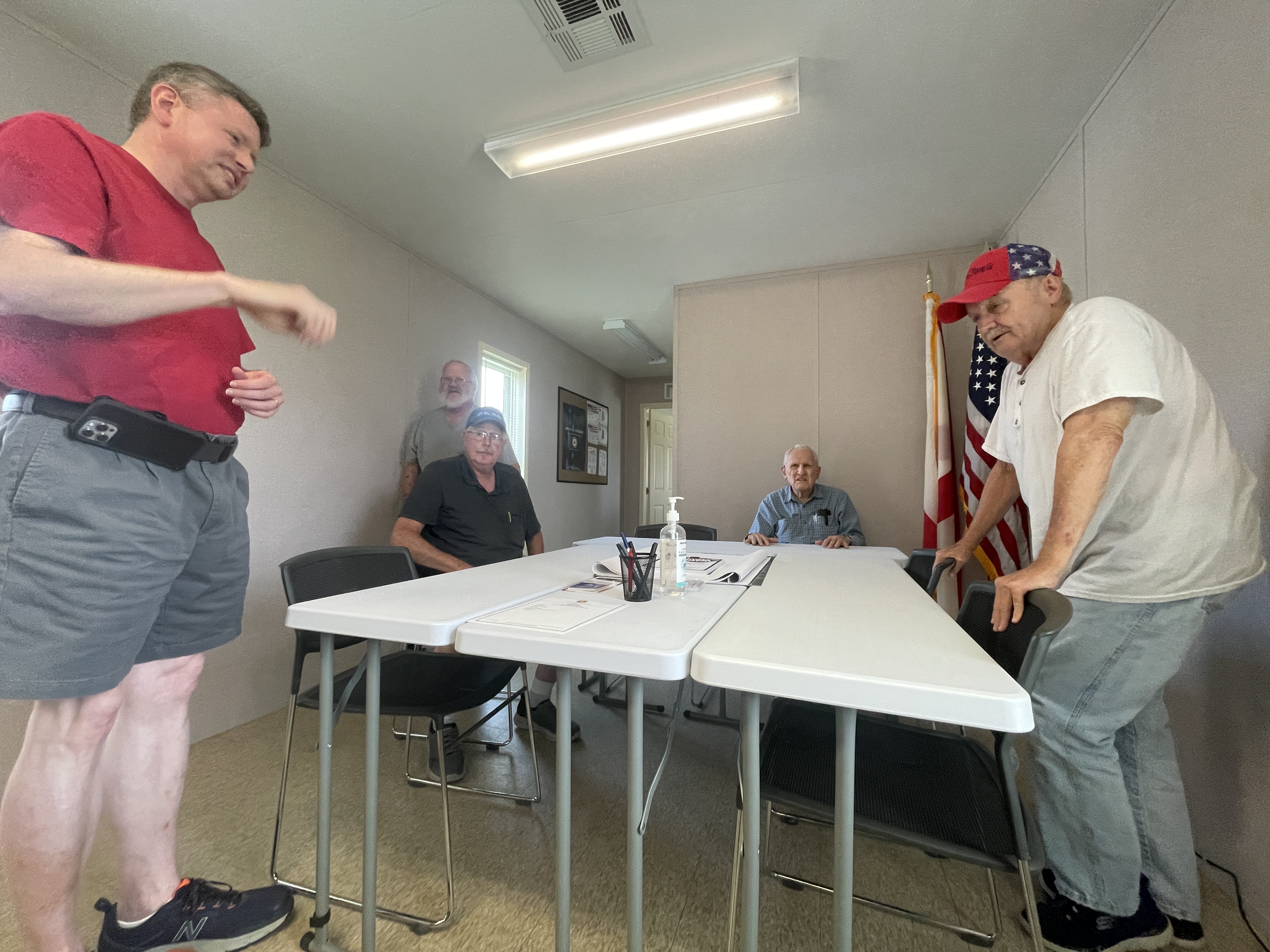Should Jefferson County File Bankruptcy?
Published 2:26 pm Tuesday, July 26, 2011
I have been asked this question many times over the past few months. To most, filing bankruptcy means one simply gets rid of debt. In a Chapter 7 Bankruptcy (personal bankruptcy), ones debts are erased and their slate is wiped clean. Other than a blemish on their credit, they are allowed to start over. In a Chapter 13 Bankruptcy, (debtor’s court), ones debts are consolidated into one big debt and payments are made until the debt is extinguished. In a Chapter 11 Bankruptcy, the debtor, usually a business, may continue to operate, but does so under the direction of the bankruptcy court and for the benefit of the creditors. In other words, the business reorganizes in order to pay its debts. Sometimes, the assets of the business are sold off to satisfy the debt. . A Chapter 9 Bankruptcy is a rare type of bankruptcy designed to allow cities, counties or other governmental entities the opportunity to seek protection under the bankruptcy laws. Debts are generally restructured in Chapter 9 and thus, the debts do no completely go away. The Chapter 9 bankruptcy originated in the mid 1930’s right after the depression when many cities could not pay their debts. In the 80 plus years of the existence of Chapter 9 bankruptcy, the number of Chapter 9 bankruptcies filed has been minimal averaging about 7 per year. This is an extremely low number given there are about 60,000 municipalities and counties in the United States. Many of the Chapter 9 bankruptcies filed have been on behalf of quasi-governmental entities such as water works boards, utility authorities, school boards and housing authorities. Thus, the number of actual filings by cities or counties is very low. The most famous of these is of course, the Orange County, California bankruptcy filed in 1994. In that case, officials filed for protection under Chapter 9 Bankruptcy after the county treasurer invested heavily in risky ventures that resulted in a 1.6 Billion dollar loss. Other cities that have come close to filing bankruptcy include New York City, San Diego, Cleveland and Miami. In 1993, Jefferson County was sued in Federal Court by an individual, the Cahaba River Society and the Environmental Protection Agency (EPA) because massive rain caused overflows that overwhelmed the sewer system. As a result Jefferson County was forced to overhaul the system. The manner in which it was done and financed led to the massive debt under which we find ourselves today. In 2002-2003, at the behest of Larry Langford and others, Jefferson County entered into a series of bond swaps that were touted to save the county money. As we all know, the opposite happened and today our sewer debt is 3.2 billion dollars. Coupled with our other debts, Jefferson County is on the hook to the tune of 4.3 billion dollars. This is simply incredible. For the last three years, this county has languished under the burden of this crushing debt. We have spent almost 20 million dollars on attorneys and have made little progress. The group of newly elected commissioners realizes that we cannot continue down the path of do-nothingness. We have attempted to resolve this matter to little avail. The governor and his finance team have gotten involved as of late and are attempting to help negotiate. We are currently in a stand-down period where each side has agreed not to proceed with any court action. This period expires Friday, July 29th. Over the past year, the creditors have become more aggressive in that they, through their Trustee, have gotten the court to appoint a receiver (John Young) who has taken over the sewer department. John Young gets paid $500 per hour plus expenses. John Young is now the only person who is allowed to write checks on the sewer account. He has spent several million on his attorneys and his consultants, one of whom is his previous employer. His latest moves include proposing a 25% sewer fee hike and making a grab for Jefferson’s county’s dwindling reserve fund. In addition to Mr. Young, the bond insurers who were paid over 50 million dollars to insure the fancy sewer swaps, have sued us in New York for $400,000,000. They claim we defrauded them. Hmmmm!! This past week the Jefferson County Commission conducted interviews with prominent bankruptcy attorneys from around the United States. Among those interviewed were Kenneth Klee and Lee Bogdanoff who were the lead attorneys in the Orange County bankruptcy case in 1994. Today, we voted to retain these two gentlemen and in the event that we file Chapter 9, they will be our attorneys. It should be noted that bankruptcy will not be a cheap venture, but cannot be discounted. On Thursday, July 28, 2011, the Jefferson County Commission will conduct a special meeting and examine our options. Our options include: 1. File Chapter 9 Bankruptcy 2. Settle the case if all the contingencies can be attained 3. Prolong the stand-down agreement and continue to negotiate 4. Do nothing To do nothing could invite even more disaster in the form of yet another receiver to run our entire county instead of just the sewer system. I think we have just about had our fill of receivers. The only receiver we want to see in the future is one who runs down the field, catches a football and scores a touchdown. It ought to be an interesting week.





